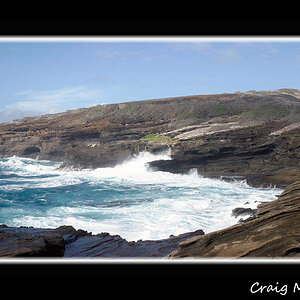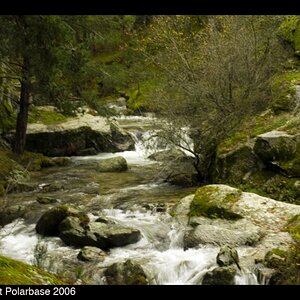aMac
TPF Noob!
- Joined
- Jul 7, 2007
- Messages
- 35
- Reaction score
- 0
- Location
- UK
- Can others edit my Photos
- Photos OK to edit
I've seen a lot of people choose to add black (or otherwise) borders to their images when displaying them on the web as a framing device, but what's the practical or artistic reason for doing so?
Personal choice really, I suppose, but it's interesting to hear what it adds. There's something nagging me in my mind from when I studied art on why adding frames/borders can add to a piece but for the life of me I can't recall it.
Personal choice really, I suppose, but it's interesting to hear what it adds. There's something nagging me in my mind from when I studied art on why adding frames/borders can add to a piece but for the life of me I can't recall it.




![[No title]](/data/xfmg/thumbnail/31/31011-439c1242fe08cf6b54f32bf06523a567.jpg?1619734567)
![[No title]](/data/xfmg/thumbnail/37/37520-d3e4d6582aa2781be7abf64e8651db45.jpg?1619738128)






![[No title]](/data/xfmg/thumbnail/37/37524-6c51828efbc2361f9cfed53f63f28aa2.jpg?1619738130)
![[No title]](/data/xfmg/thumbnail/34/34061-e097813b3719866d07ff3e78e8119ffa.jpg?1619736258)